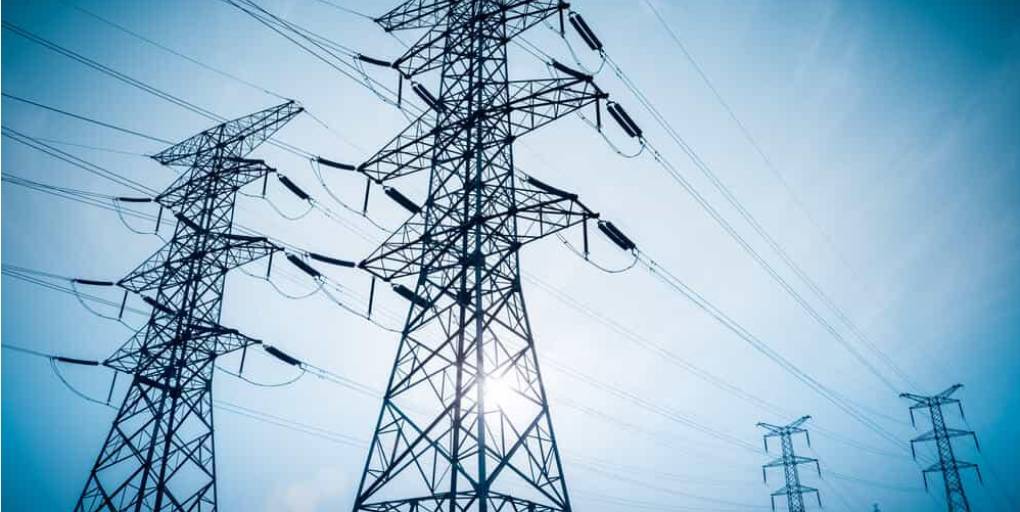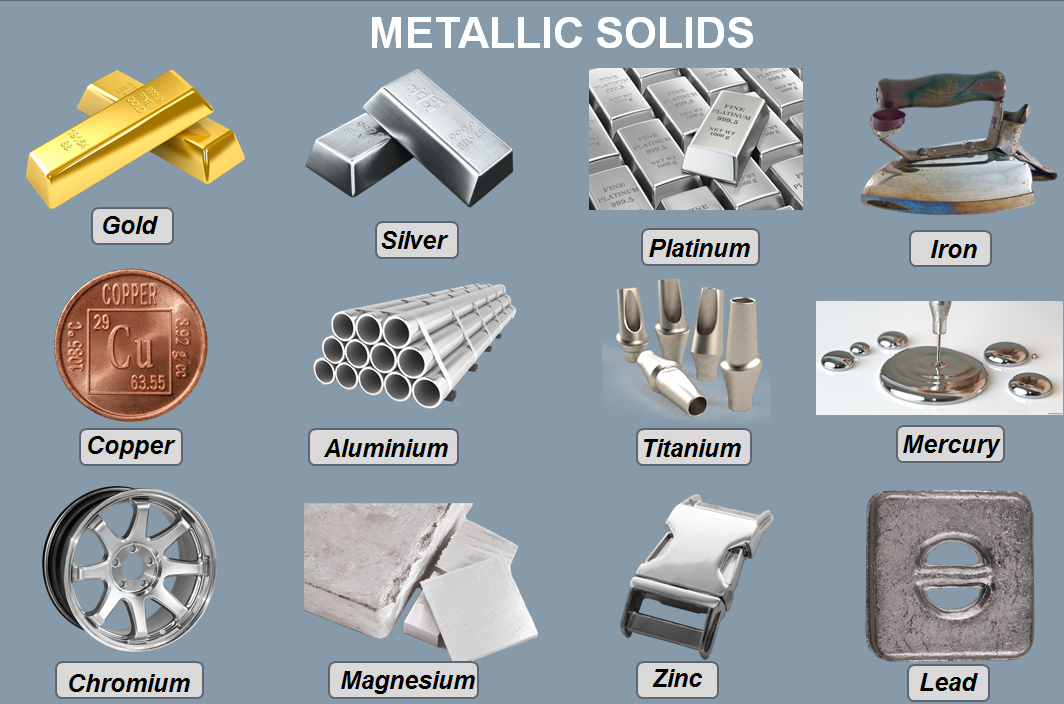
Chapter 1 of the book offers a detailed exploration of electrical grids, highlighting their composition, organization, and energy distribution processes. It discusses different voltage levels within the grid, detailing transmission networks for high-voltage transportation and distribution networks for various voltage levels. Power generation from diverse sources such as hydraulic, thermal, nuclear, solar, and wind plants is also covered. Moreover, the chapter outlines distribution network structures and various topologies like mesh, loop, radial, and tree networks, each with specific advantages and applications. In Chapter 2, the focus shifts to electric energy transmission, detailing the sizing of overhead lines, their equivalent circuits, and the determination of conductor cross-sections for low voltage systems. It elaborates on components of overhead lines, including conductors, insulators, pylons, and foundations, and discusses the equivalent circuit of transmission lines. The chapter also explores low-voltage distribution systems, emphasizing power balance and safety considerations, along with reactive power compensation methods. Chapter 3 delves into the protection of electrical networks, covering aspects like disturbances, short-circuit and overload currents, protection properties, and basic principles. It offers a comprehensive overview of medium voltage (MV) and low voltage (LV) electrical network protection mechanisms. Finally, Chapter 4 provides a thorough examination of earthing systems, discussing principles, standardized arrangements, and factors influencing selection. It also delves into voltage regulation in electrical networks, aiming to ensure optimal power transmission and system stability through various mechanisms and strategies.
- Enseignant: berbaoui brahim

Ce cours vise à fournir les connaissances fondamentales nécessaires pour comprendre les phénomènes physiques se produisant dans les matériaux afin de sélectionner et concevoir adéquatement les composants et systèmes électriques. Il couvre les caractéristiques fondamentales des différents types de matériaux ainsi que leur comportement sous l'effet des champs électriques et magnétiques. Les prérequis recommandés incluent la physique fondamentale et les mathématiques appliquées. Le contenu du cours est réparti en quatre chapitres, commençant par une compréhension du fonctionnement, de la composition, de la technologie et des spécifications de l'équipement électrique utilisé dans les réseaux électriques, suivi par des études approfondies sur les matériaux magnétiques (leurs propriétés, pertes, types, propriétés thermiques et mécaniques, caractérisation, aimants), les matériaux conducteurs (propriétés, pertes, isolation, essais et applications), et les matériaux diélectriques (propriétés, pertes, claquage et performances, contraintes, essais) sur une période de trois à quatre semaines par chapitre. L'évaluation est basée uniquement sur un examen final, comptant pour 100% de la note.
- Enseignant: Mohamed Amine Hartani
